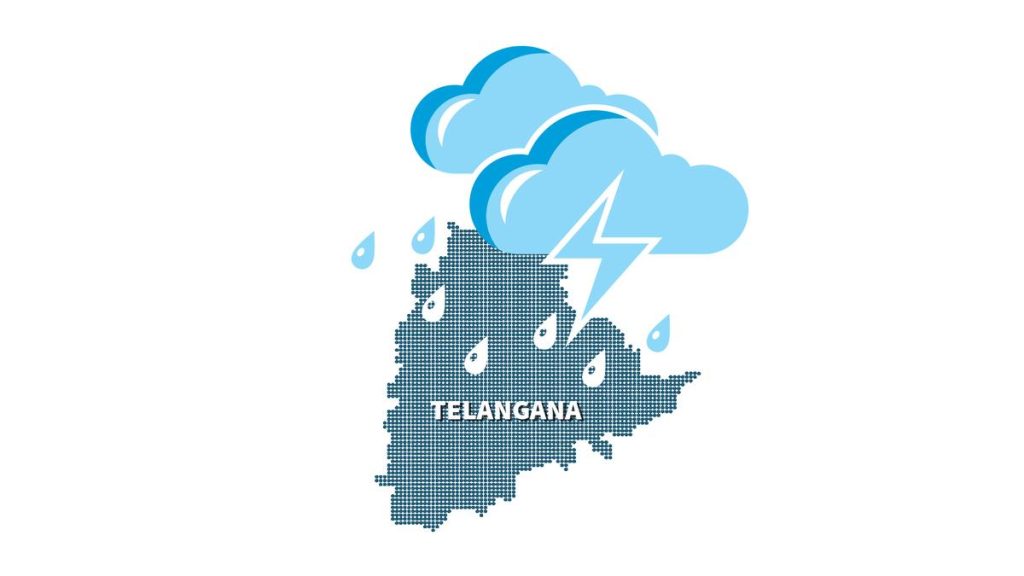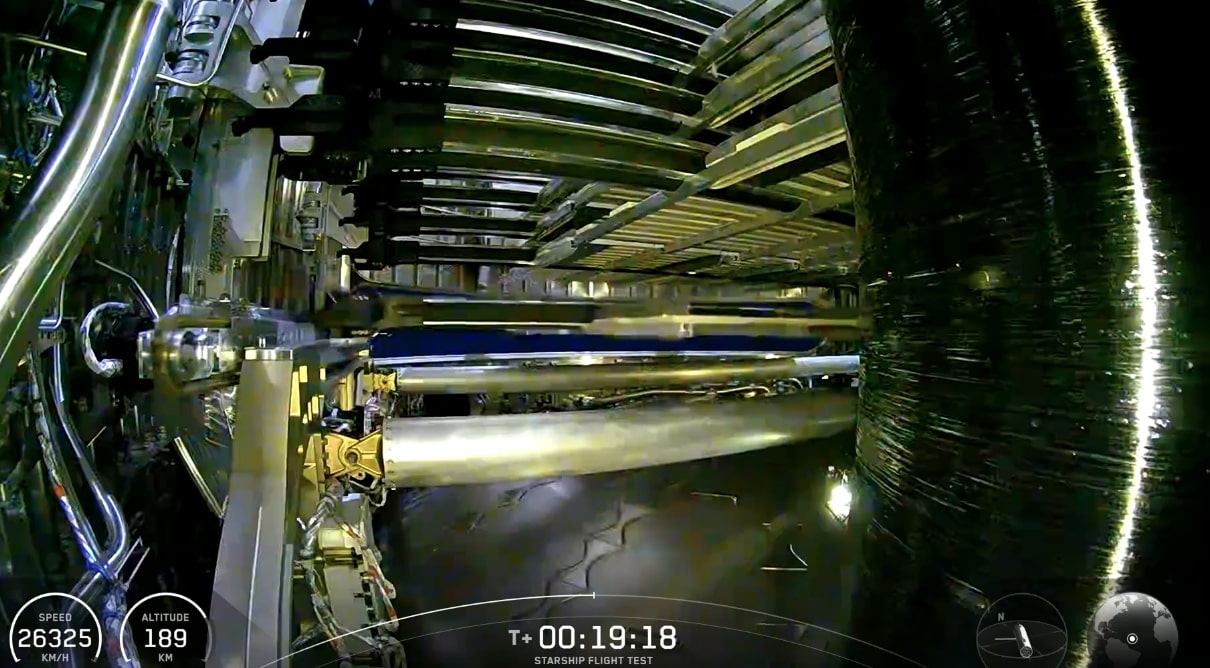Now Reading: SpaceX Aims to Cut Launch Costs by 80% by 2025
-
01
SpaceX Aims to Cut Launch Costs by 80% by 2025
SpaceX Aims to Cut Launch Costs by 80% by 2025
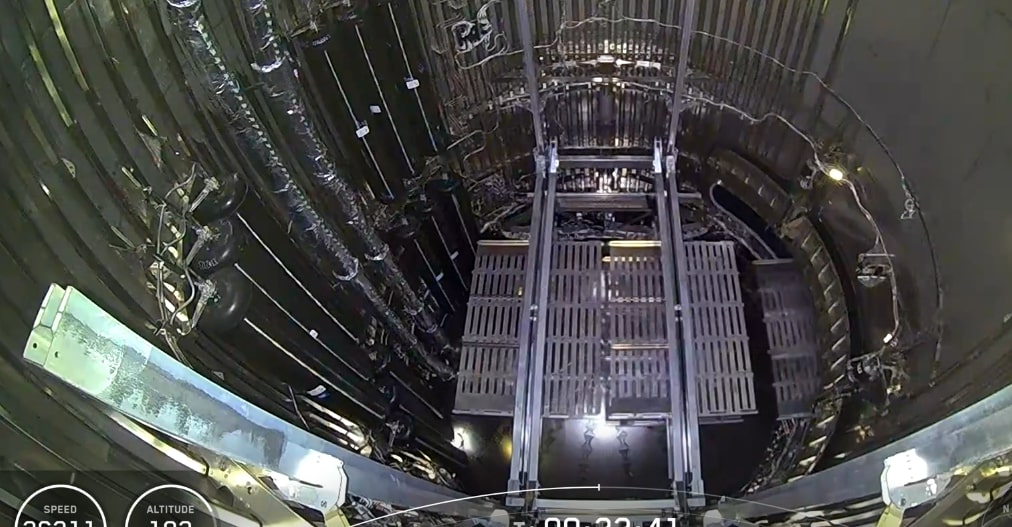
Quick Summary
- Test Launch Success: SpaceX conducted a prosperous test launch of its Starship alongside deploying dummy Version 3 Starlink satellites. Next operational launches for real satellites are expected by September or October.
- Reusable Rocket technology: the launch highlighted advancements in cost efficiency with the reuse of the Super Heavy booster. While upper stages aren’t yet reused, payload costs could be ten times lower than Falcon 9 rockets.
- Version 3 Starlink satellites: These satellites offer significant upgrades including higher bandwidth (1 Tbps downlink and 160 Gbps uplink) and improved connectivity to cell phones. Capacity per satellite is roughly tenfold that of current V2 Mini models.
- bandwidth Expansion Impact: By leveraging Falcon 9 and Starship launches, total constellation bandwidth could grow from ~800 Tbps in August 2025 to between ~3,270-5,470 Tbps by end of 2026-quadrupling capacity for up to 50 million customers globally.
- Cost & Revenue advantages: Enhanced rocket reuse lowers deployment costs by about 90%. Operational costs per flight could decrease to $10-$15 million (~$67-$100/kg payload), while revenue generation through scaled-up customer base may reach ~$40-$80 billion/year in Starlink alone by late 2026.
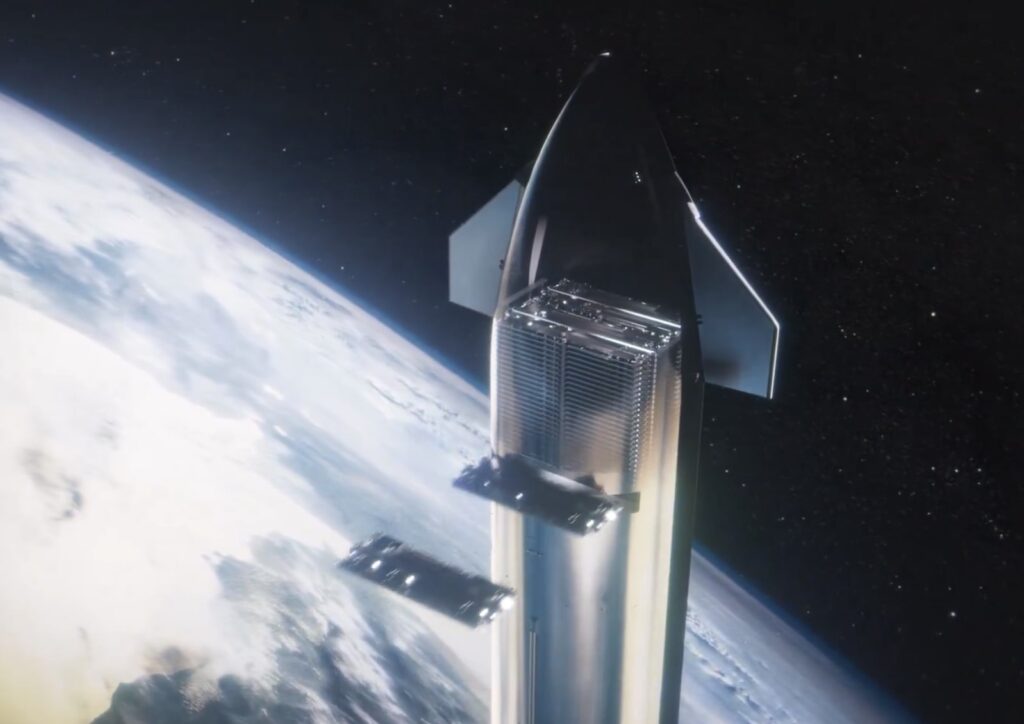
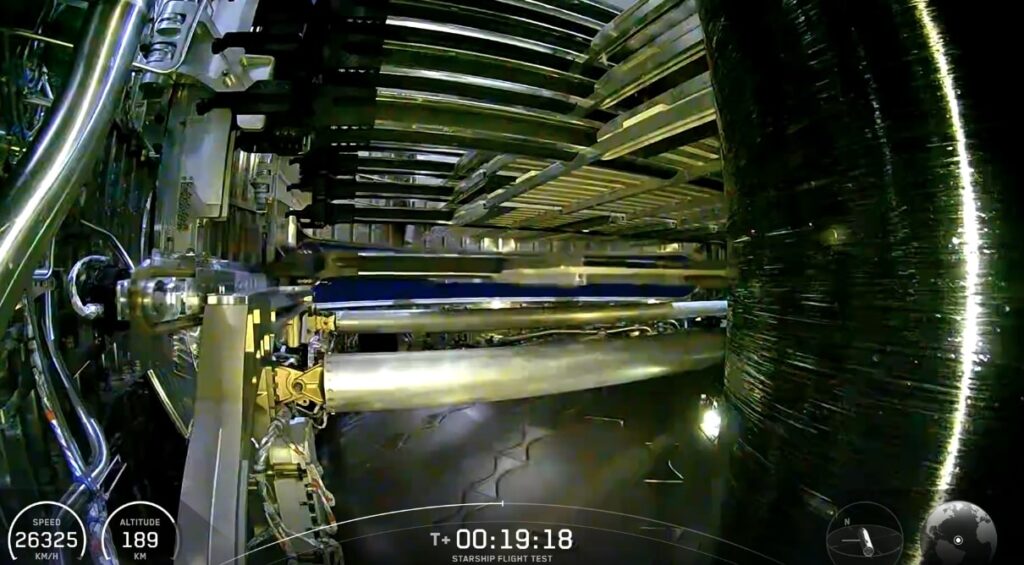
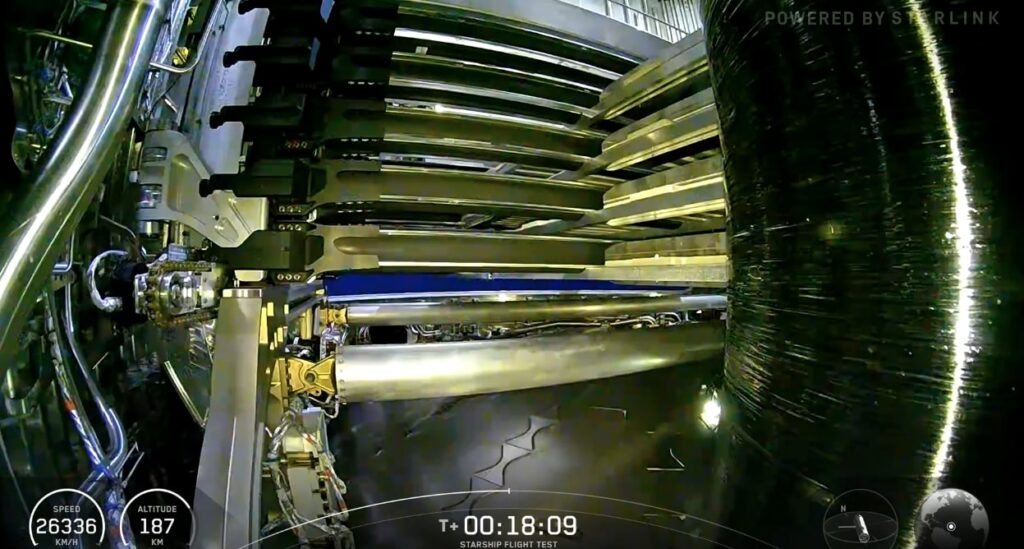
Indian Opinion Analysis
SpaceX’s ongoing advancements mark a transformative step not just for global space initiatives but could hold implications for india’s burgeoning space sector as well. Its ability to drastically cut satellite deployment costs through reusable technology sets an unparalleled benchmark for economies intending significant investments in broadband infrastructure.
For India-a nation enhancing its digital penetration via projects like BharatNet-the high-bandwidth capabilities demonstrated here may influence cost structures or competitive dynamics should domestic operators adopt similar technologies or face collaboration possibilities with firms like SpaceX.
The rollout plan projecting affordability and scalability aligns with emerging market needs; though, neutral observers will note potential risks related to monopoly dominance within satellite broadband globally and possible dependencies on foreign-lead projects amidst India’s comparable efforts like ISRO’s NavIC constellation development.
India’s challenge will lie both in fostering innovation at par with such revolutionary technologies while ensuring broader accessibility remains aligned with public interest goals domestically.read More



